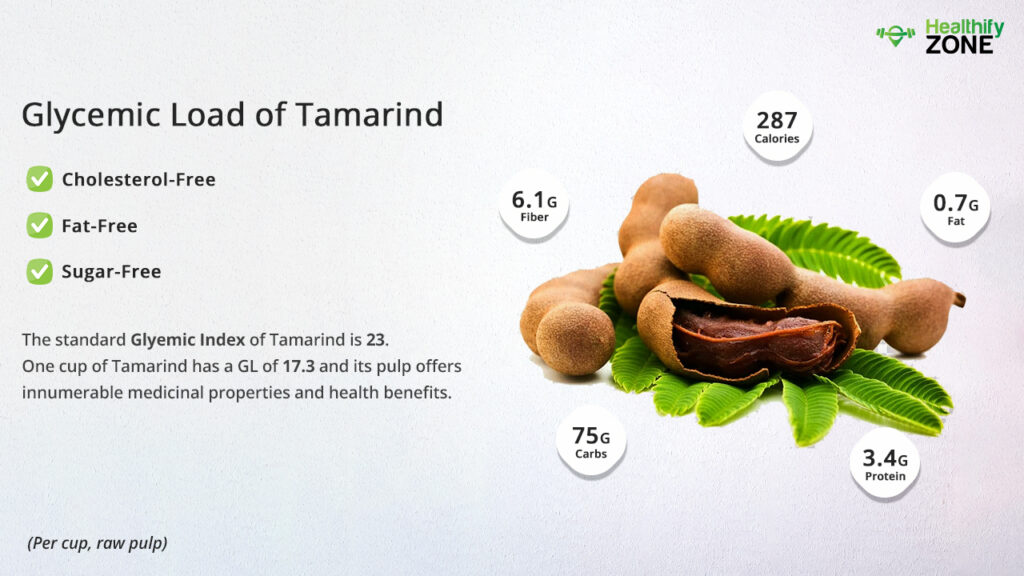Tamarinds have a 23 glycemic index, making them the perfect fruit for diabetics to eat. Although they contain more natural sugars than processed ones, they are less harmful to the body and may therefore be used in moderation. For sustaining heart health, tamarind is a rich source of all three necessary nutrients: calcium, magnesium, and potassium. While calcium is necessary to prevent issues connected to hypertension, magnesium aids in blood pressure maintenance and muscle relaxation. Another important mineral, potassium, helps maintain fluid balance and reduces the risk brought on by excessive blood sodium levels.
Is Tamarind Safe for Diabetes?
Tamarind is one of the many fruits and foods that people frequently eat, particularly in India. People who have a condition like a type 2 diabetes must adjust their diets because nutrition is a key factor in controlling blood sugar levels. They frequently ponder whether it’s okay to eat the meals they earlier consumed and how doing so will influence their blood sugar levels as a result.
However, diabetics need not worry because they can still safely eat their preferred tart fruit, tamarind, even after they have gotten the chronic disease. Tamarind has a 23 GI, which is regarded as being in the low range. In addition to other minerals, tamarind is also high in fiber. These qualities not only contribute to the fruit’s general health but also guarantee that blood sugar is released gradually and does not surge quickly.

Is Tamarind Suitable for Weight Loss?
Tamarind is a fantastic food for those trying to lose weight because it is high in fiber and low in fat. It is abundant in flavonoids and polyphenols, which can speed your metabolism and help you lose weight. Its high fiber content encourages fullness, lessens the desire for harmful foods, and bulks up stools. Tamarind includes HCA, or hydroxy citric acid, which reduces the rate at which fat is produced. HCA and citric acid are quite similar. Although many other plants also contain this acid, tamarind contains the highest concentration. According to studies, HCA prevents the body from producing the enzyme that encourages fat storage. Additionally, Hydroxycitric acid reduces hunger by raising serotonin levels in the body. Long-duration exercises also burn fat.
The Bottom Line: The Glycemic Index of Tamarind is 23
If you are experiencing digestive problems, tamarind is your go-to natural cure. For good digestion, chewing on the pulp of this tart, sweet fruit stimulates digestive processes. Meethi Imli, which contains 24% dietary fiber, acts as a natural laxative by giving the stool more volume so that it may travel through the intestines more easily.
Tamarinds should be a regular part of the diet for those with various digestive issues, such as constipation and irritable bowel syndrome. This tangy-sweet fruit is great for diabetics and people with digestive or heart conditions because it is full of antioxidant vitamins and minerals. It acts as a natural laxative and protects the body against the blood’s absorption of harmful cholesterol. To reduce the danger of lead poisoning, however, consume this adaptable fruit in moderation; youngsters and pregnant women should avoid it.